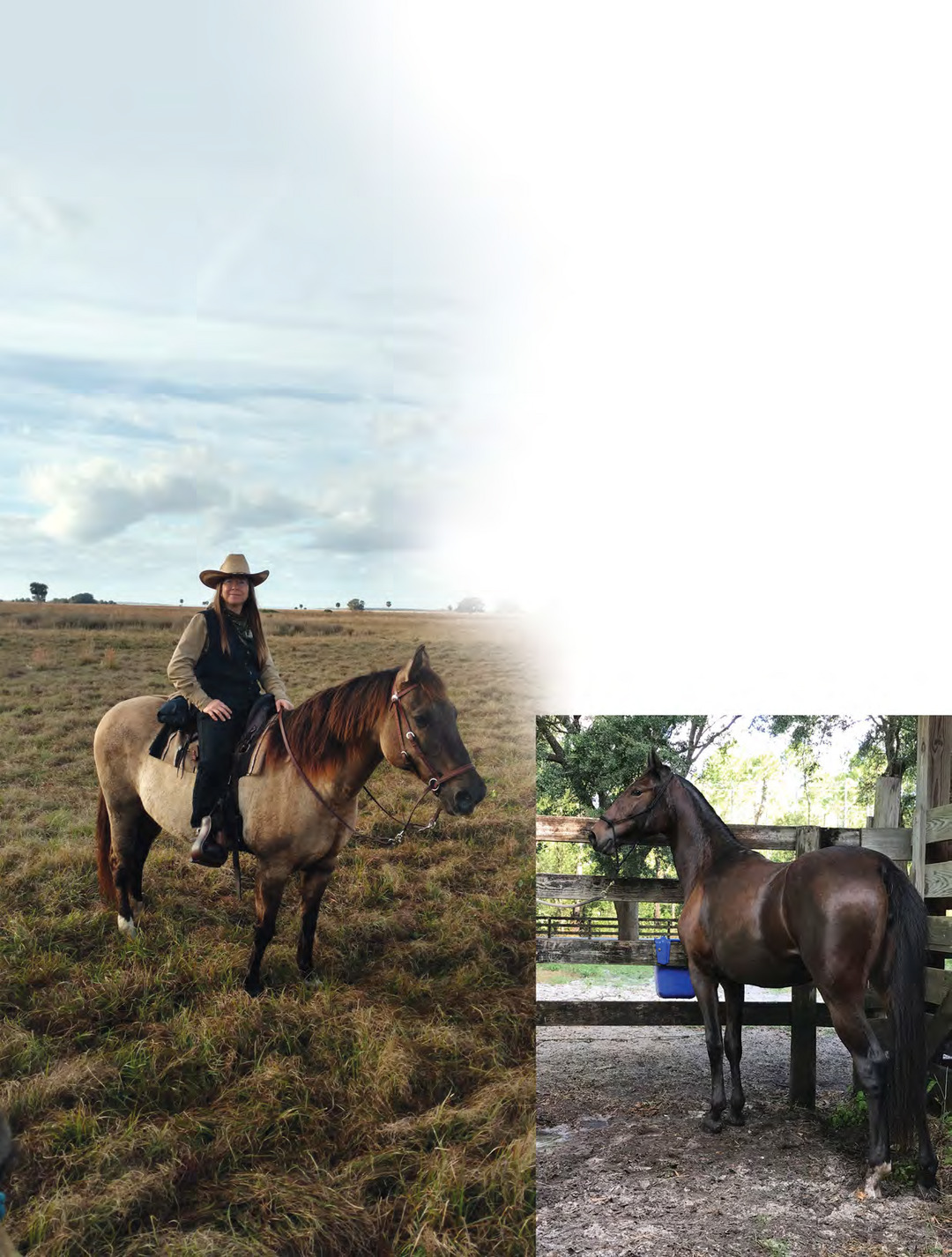FLORIDA 4-H
ADVENTURES IN VEGGIES GARDENERS OF ALL AGES CAN HAVE BOUNTIFUL HARVESTS IN FLORIDA
F
Written by: Chris Decubellis
lorida is a major vegetable-producing state and has been for a long time. Growing vegetables is a fun, rewarding hobby and its benefits—in addition to having fresh veggies and fruit—include exercise and even being therapeutic.
Young people often love planting seeds, growing plants and harvesting vegetables. The pastime helps families work together on a common goal of producing delicious, nutritious food for the table. And farmers’ markets clamor for locally produced veggies from small farms. Vegetable gardening is an excellent 4-H project. It’s also been my experience that many young people readily try new veggies after growing them in their gardens! Sunshine State newcomers sometimes have difficulty with gardening. Growing seasons, soil and pests differ from other states. Yet if Florida gardeners are mindful of planting dates and cultivars, and manage irrigation, nutrients and pests, they should grow bountiful harvests. The following are some considerations for success:
SITE SELECTION AND PLAN Choose a location that’s easy to access, has lots of sunshine and is well-drained. Most vegetables need at least six hours of direct sunlight daily. You can even incorporate veggies into landscaping! After choosing your site, sketch out a plan for your garden. (Check with your local UF/IFAS Extension agent for assistance.) It’s often a good idea to incorporate organic matter into the soil. A soil test will help determine the pH of the site, and its fertilizer needs. Soil tests can be done through your
12
F LO R I D A C O U NTRY D e c e m b e r | J a n u a r y 2 0 1 9
local UF/IFAS Extension office. Allow several weeks to amend your soil and correct any pH issues.
PLANTING DATES AND CULTIVAR SELECTION Planting dates often differ from other
states—but the good news is that something is growing in Florida just about any time of the year! To determine what grows when and in what region, check out UF/ IFAS’s Florida Vegetable Gardening Guide at edis.ifas.ufl. edu/vh021. It’s also important to grow the proper varieties or cultivars. The guide lists recommended varieties of popular veggies for Florida’s climate.
IRRIGATION Because springtime is one of the driest periods in Florida, and it’s a popular time to garden, you’ll typically have to figure out a way to irrigate your plants. Also, some diseases such as blossom end rot on tomatoes and other plants are compounded by irregularly available water, which disrupts calcium intake. Irrigation methods include using a bucket of water and a cup, a watering can, a hand-held hose, a sprinkler or a drip irrigation system. Ideally, a drip irrigation system is best because it reduces overall water use, is better at delivering water to plants and reduces disease incidence often caused by overhead or sprinkler irrigation. If you must water overhead (using a sprinkler), it’s best to water first thing in the morning. When watering during the heat of the day, the sun evaporates a lot of the water before it goes into the ground. When watering in the evening, plants go into nighttime all wet and that can lead to fungus and disease. Overwatering is wasteful and doesn’t promote good root growth.






